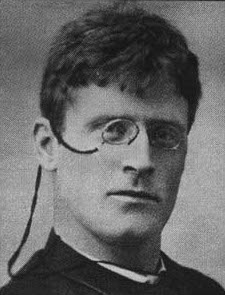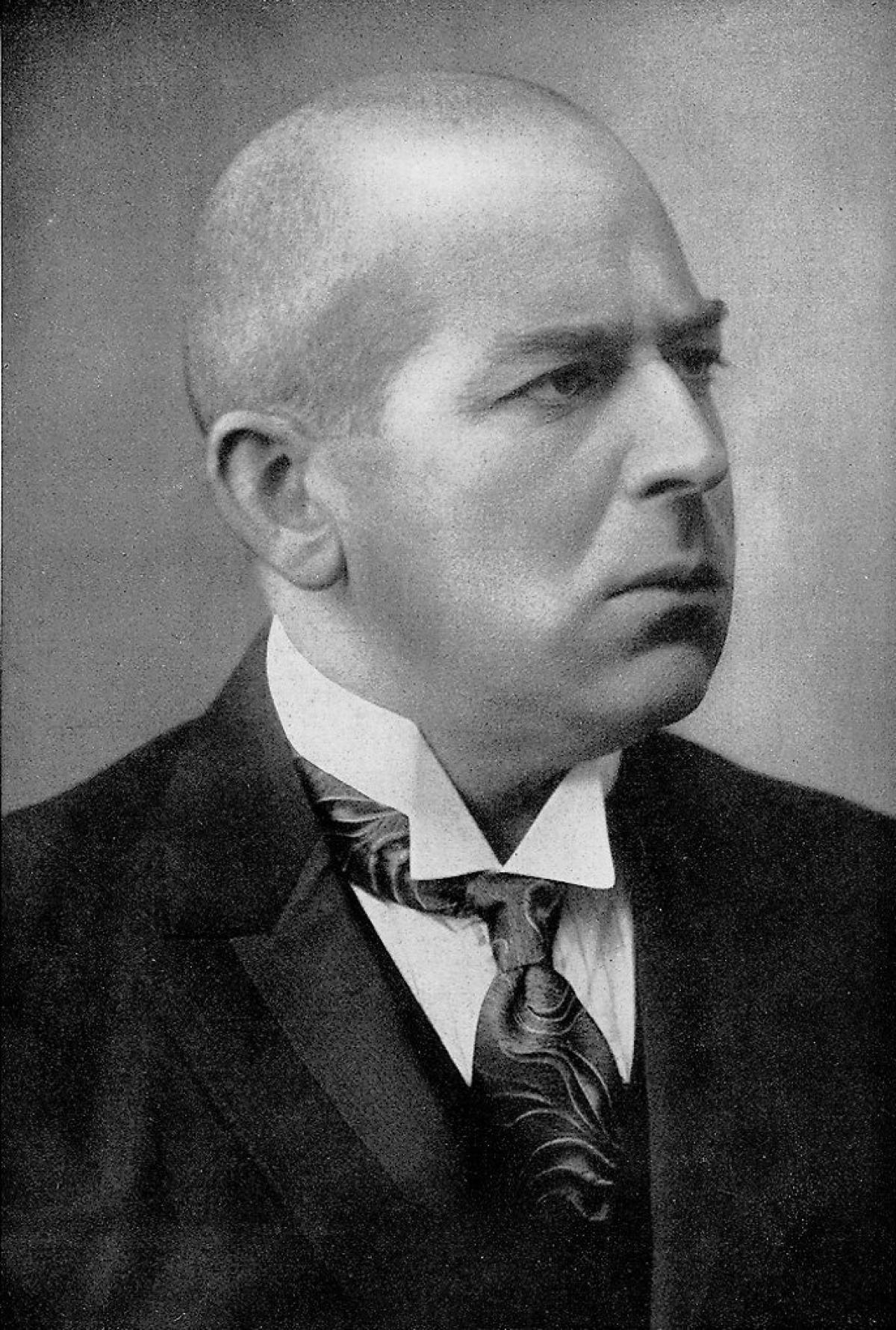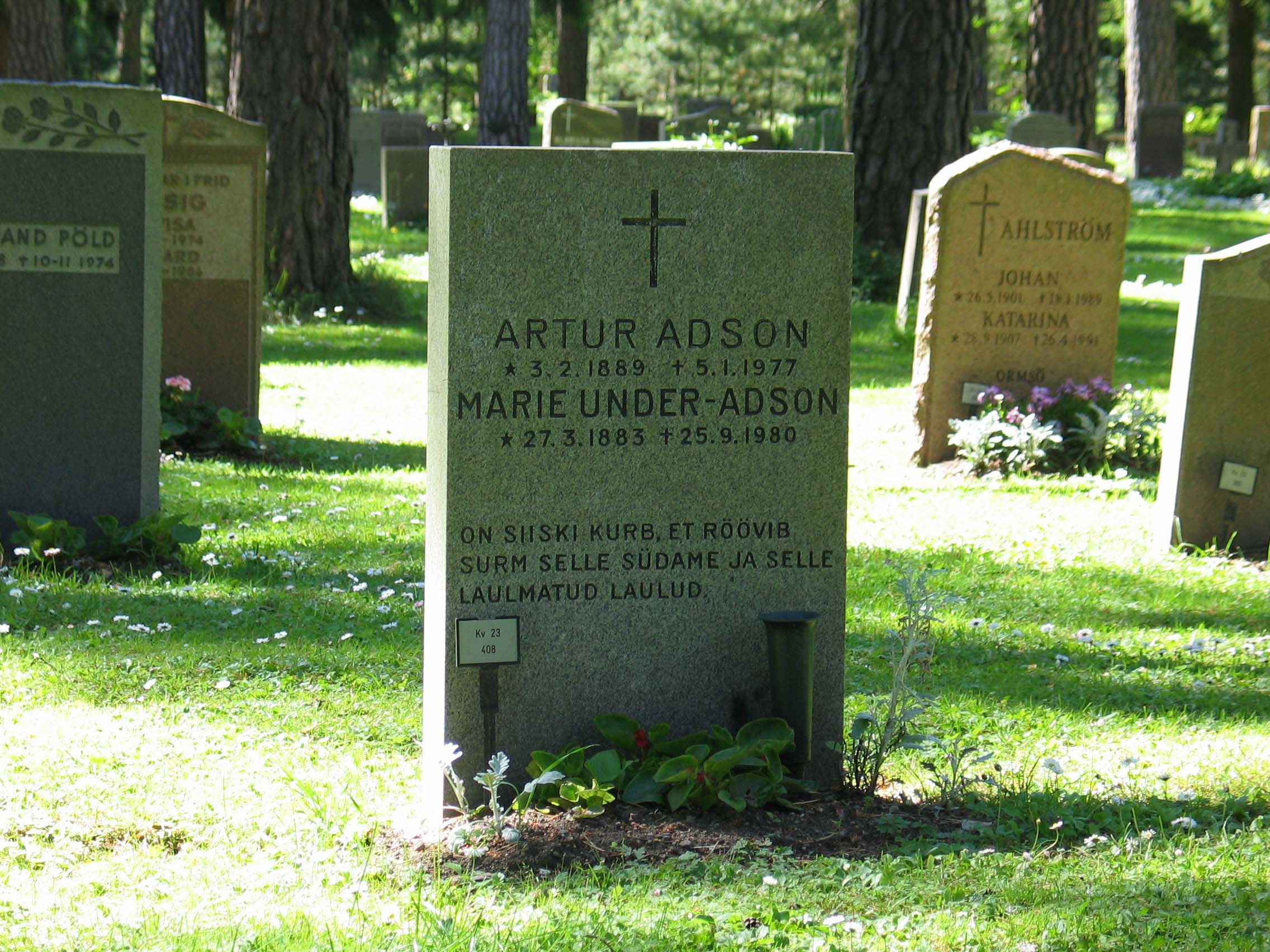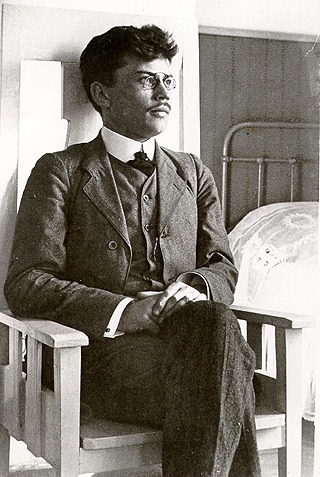|
August Gailit
August Gailit (9 January 1891 – 5 November 1960) was an Estonian writer.Endel Nirk, Arthur Robert Hone, Oleg Mutt, ''Estonian Literature: Historical Survey with Biobibliographical Appendix'', Published by Perioodika, 1987, p177 Life Georg August Gailit was born in Kuiksilla (near Sangaste Castle), Sangaste Parish (now Otepää Parish), Kreis Dorpat, Governorate of Livonia, the son of a carpenter and grew up on a farm in Laatre. From 1899 he attended schools in the parish and the town of Valga from 1905, then from 1907 a municipal school in Tartu. From 1911 until 1914 he worked as a journalist in today's Latvia and Estonia in 1916 until 1918. In the Estonian War of Independence he participated as a war correspondent. From 1922 until 1924 August Gailit lived in Germany, France and Italy. After that he worked as a freelance writer in Tartu and from 1934 in Tallinn. From 1932 until 1934 he was the director of the Theater Vanemuine in Tartu. In 1932 August Gailit married to ... [...More Info...] [...Related Items...] OR: [Wikipedia] [Google] [Baidu] |
Otepää Parish
Otepää Parish ( et, Otepää vald) is a rural municipality in Valga County, southern Estonia. It includes the town of Otepää. Settlements ;Town Otepää ;Small boroughs Puka - Sangaste ;Villages Ädu - Arula- Ilmjärve - Kääriku - Kähri - Kassiratta - Kastolatsi - Kaurutootsi - Keeni - Kibena - Koigu - Kolli - Komsi - Kuigatsi - Kurevere - Lauküla - Lossiküla - Lutike - Mäeküla - Mägestiku - Mägiste - Mäha - Märdi - Makita - Meegaste - Miti - Neeruti - Nõuni - Nüpli - Otepää küla - Pedajamäe - Päidla - Pilkuse - Plika - Põru - Prange - Pringi - Pühajärve - Räbi - Raudsepa - Restu - Risttee - Ruuna - Sarapuu - Sihva - Tiidu - Tõutsi - Truuta - Vaalu - Vaardi - Vana-Otepää - Vidrike Religion See also *Tehvandi Sports Center Tehvandi Sports Center ( et, Tehvandi Spordikeskus) is a complex of sports facilities in Otepää Parish, Estonia. It includes multi-purpose stadium (athletics and football), ski sta ... [...More Info...] [...Related Items...] OR: [Wikipedia] [Google] [Baidu] |
Siuru 1917
The Siuru literary movement, named after a fire-bird in Finnic mythology, was founded in 1917 in Estonia.Jean Albert Bédé, William Benbow Edgerton, ''Columbia Dictionary of Modern European Literature'', Columbia University Press, 1980, , p237Rubulis, Aleksis. ''Baltic Literature.'' University of Notre Dame Press,1970. It was an expressionistic and neo-romantic movement that ran counter to the Young Estonia formalist tradition. Members Along with the founder August Gailit, the movement included the following young poets and writers: Marie Under, Henrik Visnapuu, Johannes Semper, Friedebert Tuglas, Peet Aren, Otto Krusten, and Artur Adson. Between 1917 and 1919, Siuru published three volumes of poetry. 1919 led to conflicts within the group. Visnapuu and Gailit left, while Johannes Barbarus and August Alle joined as new members. Program The members of Siuru had an affinity with futurism and Impressionism. Their poetry was often seen as scandalous due to their erotic nature ... [...More Info...] [...Related Items...] OR: [Wikipedia] [Google] [Baidu] |
Gothenburg
Gothenburg (; abbreviated Gbg; sv, Göteborg ) is the second-largest city in Sweden, fifth-largest in the Nordic countries, and capital of the Västra Götaland County. It is situated by the Kattegat, on the west coast of Sweden, and has a population of approximately 590,000 in the city proper and about 1.1 million inhabitants in the metropolitan area. Gothenburg was founded as a heavily fortified, primarily Dutch, trading colony, by royal charter in 1621 by King Gustavus Adolphus. In addition to the generous privileges (e.g. tax relaxation) given to his Dutch allies from the ongoing Thirty Years' War, the king also attracted significant numbers of his German and Scottish allies to populate his only town on the western coast. At a key strategic location at the mouth of the Göta älv, where Scandinavia's largest drainage basin enters the sea, the Port of Gothenburg is now the largest port in the Nordic countries. Gothenburg is home to many students, as the city includes ... [...More Info...] [...Related Items...] OR: [Wikipedia] [Google] [Baidu] |
Üle Rahutu Vee
'' Üle rahutu vee'' is a novel by Estonian author August Gailit August Gailit (9 January 1891 – 5 November 1960) was an Estonian writer.Endel Nirk, Arthur Robert Hone, Oleg Mutt, ''Estonian Literature: Historical Survey with Biobibliographical Appendix'', Published by Perioodika, 1987, p177 Life Georg .... It was first published in 1951. Estonian novels 1951 novels {{1950s-novel-stub ... [...More Info...] [...Related Items...] OR: [Wikipedia] [Google] [Baidu] |
Toomas Nipernaadi
''Toomas Nipernaadi'' is a 1928 Estonian novel by August Gailit, as well as the (assumed) name of the novel's protagonist. It was strongly influenced by neo-romanticism. The story of the book was made into a film titled ''Nipernaadi'' in 1983. The novel appeared in English translation in 2018. Character The character is an archetypical traveller; a vagabond. He is noted for frequent lying, for promising something to everybody around him, and to beautiful women in particular — but always moving on before his promises can be fulfilled. Nipernaadi is a writer who spends his summers travelling incognito around Estonia. Despite the roguish nature of his behavior, he still somehow brings hope to the stagnant backwater villages he breezes through, inspiring the inhabitants to turn their own dreams into reality. The novel has given modern Estonian the word "nipernaadi," a somewhat whimsical term for an adventurous traveller who wants to experience something off the beaten track o ... [...More Info...] [...Related Items...] OR: [Wikipedia] [Google] [Baidu] |
Knut Hamsun
Knut Hamsun (4 August 1859 – 19 February 1952) was a Norwegian writer who was awarded the Nobel Prize in Literature in 1920. Hamsun's work spans more than 70 years and shows variation with regard to consciousness, subject, perspective and environment. He published more than 20 novels, a collection of poetry, some short stories and plays, a travelogue, works of non-fiction and some essays. Hamsun is considered to be "one of the most influential and innovative literary stylists of the past hundred years" (''ca.'' 1890–1990). He pioneered psychological literature with techniques of stream of consciousness and interior monologue, and influenced authors such as Thomas Mann, Franz Kafka, Maxim Gorky, Stefan Zweig, Henry Miller, Hermann Hesse, John Fante and Ernest Hemingway. Isaac Bashevis Singer called Hamsun "the father of the modern school of literature in his every aspect—his subjectiveness, his fragmentariness, his use of flashbacks, his lyricism. The whole modern sc ... [...More Info...] [...Related Items...] OR: [Wikipedia] [Google] [Baidu] |
Oswald Spengler
Oswald Arnold Gottfried Spengler (; 29 May 1880 – 8 May 1936) was a German historian and philosopher of history whose interests included mathematics, science, and art, as well as their relation to his organic theory of history. He is best known for his two-volume work, ''The Decline of the West'' (''Der Untergang des Abendlandes''), published in 1918 and 1922, covering human history. Spengler's model of history postulates that human cultures and civilizations are akin to biological entities, each with a limited, predictable, and deterministic lifespan. Spengler predicted that about the year 2000, Western civilization would enter the period of pre‑death emergency whose countering would lead to 200 years of Caesarism (extra-constitutional omnipotence of the executive branch of government) before Western civilization's final collapse. Spengler is regarded as a nationalist and an anti-democrat, and he was a prominent member of the Weimar-era Conservative Revolution. Although he h ... [...More Info...] [...Related Items...] OR: [Wikipedia] [Google] [Baidu] |
Artur Adson
Artur Adson ( – 5 January 1977) was an Estonian poet, writer and theatre critic.Don Rubin, Peter Nagy, Philippe Rouyer, ''World Encyclopedia of Contemporary Theatre: Europe'', Taylor & Francis, 1995, , p248 Early years Artur Adson (born Karl Arthur Adson) was born in Tartu and attended school in Tartu, Sänna and Võru. After graduating he first studied surveying in Pskov. In 1925–26, he studied literature at the University of Tartu. Artur Adson was a surveyor, journalist and theater critic in Estonia and Russia. He met his future wife Marie Under in 1913 and were married in 1927. Literary career From 1917 Artur Adson was a member of the Siuru literary movement, which exerted great influence on the Estonian literature. Later Adson was also active in the Tarapita movement. In addition, Adson was one of the most outstanding poets in the Võro language of southern Estonia. As an often conservative theatrical and literary critic, he exercised influence on the cultural scen ... [...More Info...] [...Related Items...] OR: [Wikipedia] [Google] [Baidu] |
Friedebert Tuglas
Friedebert Tuglas, born Friedebert Mihkelson or Michelson (2 March 1886 – 15 April 1971) was an Estonian writer and critic who introduced Impressionism and Symbolism to Estonian literature. at Encyclopædia Britannica Persecuted by the authorities in the beginning of 20th century, he later became an acknowledged representative of Estonian literature in the . Biography Tuglas was born in , the son of a carpenter, and studied at the |
Peet Aren
Peet Aren (29 June 1889 Odiste, Võisiku Parish – 26 January 1970 New York City) was an Estonian painter and theatre artist, graphical artist. 1908-1913 he studied at an art school in St. Petersburg ( et, Peterburi Kunstide Edendamise Seltsi kool). 1920-1925 he was a teacher at the state art industry school ( et, Riigi Kunsttööstuskool). 1926-1930 he taught at Pallas Art School. 1930s he worked mainly as a graphical artist. He designed the emblem of the Estonian Drama Theatre The Estonian Drama Theatre ( et, Eesti Draamateater) is a theatre in Tallinn, Estonia. It has the role of a national theatre for Estonia. The Estonia Theatre is located next door. History The building that houses the Estonian Drama Theatre was or .... He is also designed the Cross of Liberty.Hannes Walter. Eesti teenetemärgid. Tallinn 1998. In 1944 he escaped to Germany. From 1949 on he lived in New York City. References {{DEFAULTSORT:Aren, Peet 1889 births 1970 deaths 20th-century Estoni ... [...More Info...] [...Related Items...] OR: [Wikipedia] [Google] [Baidu] |
Johannes Semper
Johannes Semper ( – 21 February 1970) was an Estonian poet, writer, translator and politician. He was born in Pahuvere (now Viljandi Parish), Kreis Fellin, in the Governorate of Livonia. A student and later a prominent scholar at the University of Tartu, he was briefly nominated as Minister for Education of Estonia when the country was occupied by the Soviet Union in 1940. He wrote the lyrics of the Anthem of Estonian SSR. Retrieved 14 June 2016. He died in Tallinn
Tallinn () is the most populous and capital city of Estonia. Situated on a bay in north Estonia, on the shore of the Gulf of Finland of the Baltic Sea, Tallinn has a population of ...
[...More Info...] [...Related Items...] OR: [Wikipedia] [Google] [Baidu] |







